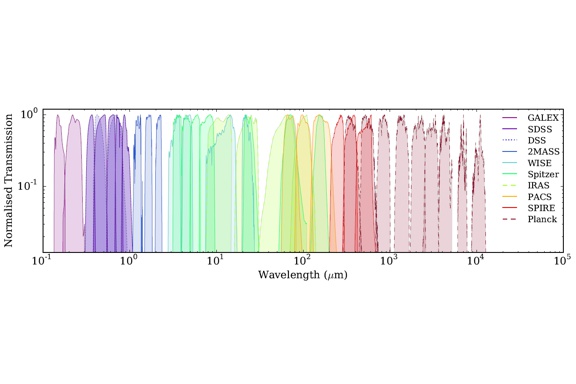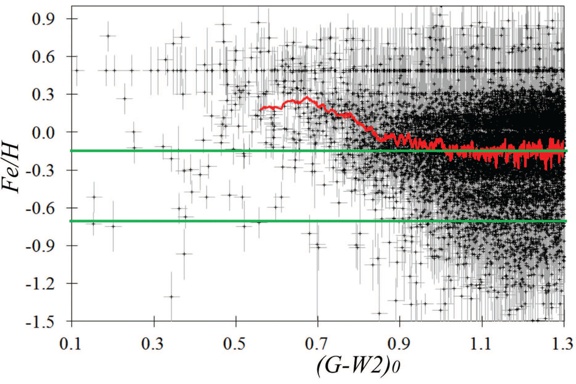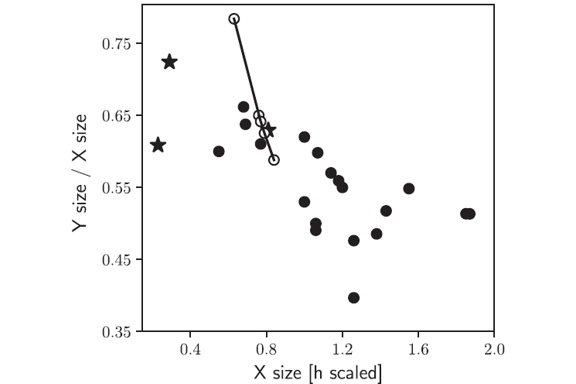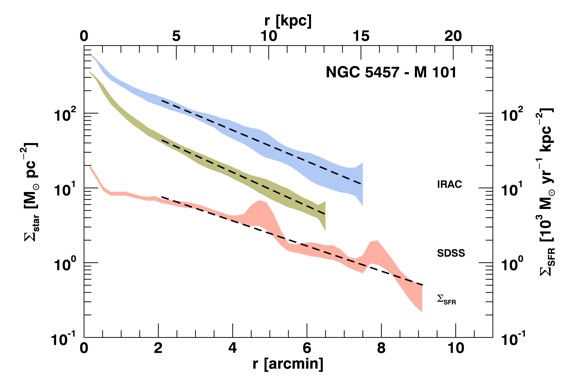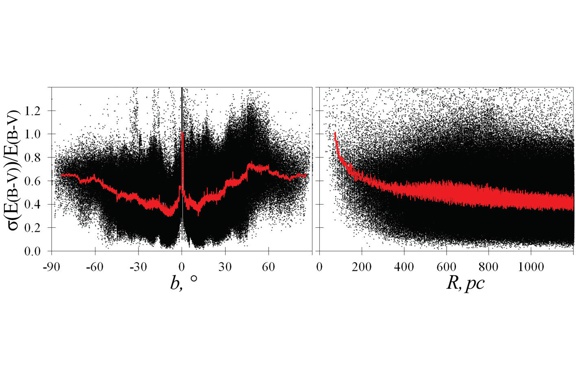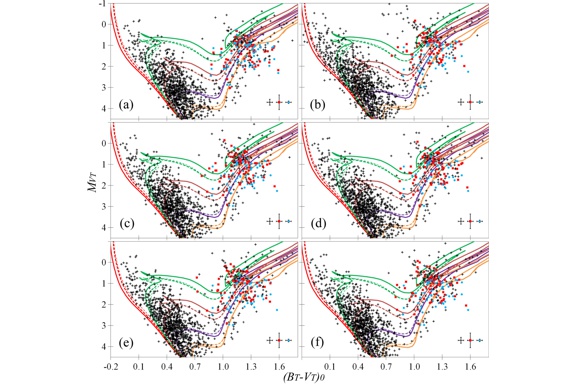BYU Astronomy Research Group Joins the Astrophysical Research Consortium (ARC)
As of January 2021 BYU will be a member of the ARC Consortium (Link to Consortium) with access to the ARC 3.5-m telescope and the 0.5-m ARCSAT telescope. The primary use of the ARC 3.5-m telescope time is for graduate student projects. This provides a wide array of instrumentation that is currently being used to study objects in the solar system all the way to studies of the large scale structure of the Universe.
Other BYU Astronomy Facilities
In addition to our telescope time from the ARC consortium, we operate a number of our own astronomical facilities
West Mountain Observatory (West Mountain)
This is our mountain observatory at about 6600 ft above sea level. This consists of three telescopes: 0.9-m, 0.5-m, and a 0.32-m. It is a 40 minute drive that ends in a 5 miles drive up a dirt road. The mountain itself can be seen from campus. We don't provide any tours of this facility.
Orson Pratt Observatory
The Orson Pratt Observatory is named for an early apostle of the Church of Jesus Christ of Latter-Day Saints. It is our campus telescope facility and contains a wide variety of telescopes for student research and public outreach. We operate a 24" PlaneWave telescope in the main campus dome, plus a 16", two 12", one 8", and a 6" telescope on our observation deck. The telescopes are all fully robotic. Beyond this we have a large sections of telescopes used on public nights.
Royden G. Derrick Planetarium (Planetarium)
This is a 119 seat, 39" dome planetarium with acoustically treated walls to allow it's use as a lecture room. Recently we upgraded to an E&S Digistar7 operating system with 4K projectors. The planetarium is used for teaching classes, public outreach, and astronomy education research projects.
